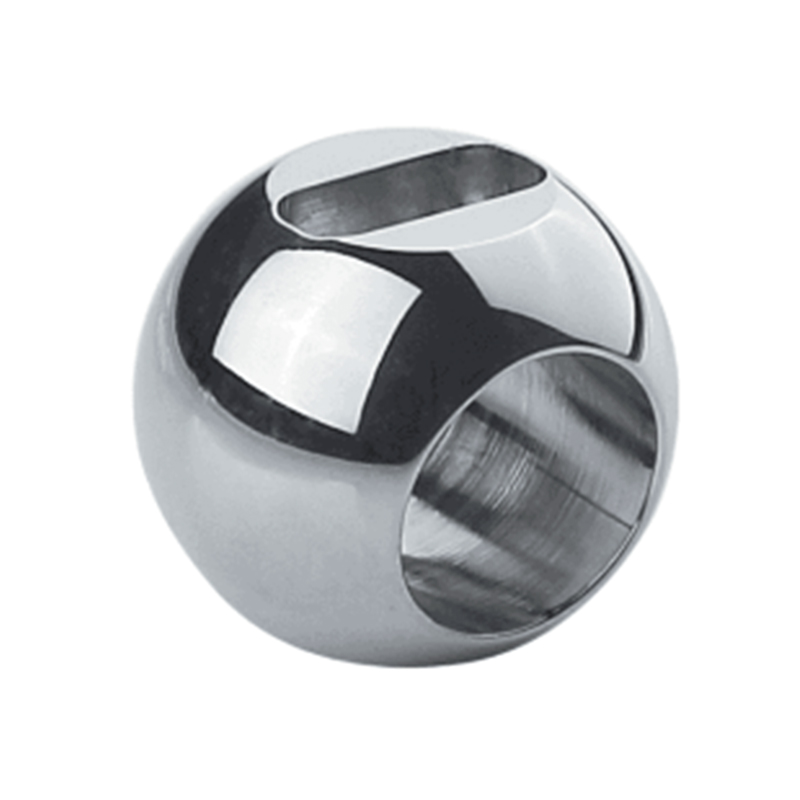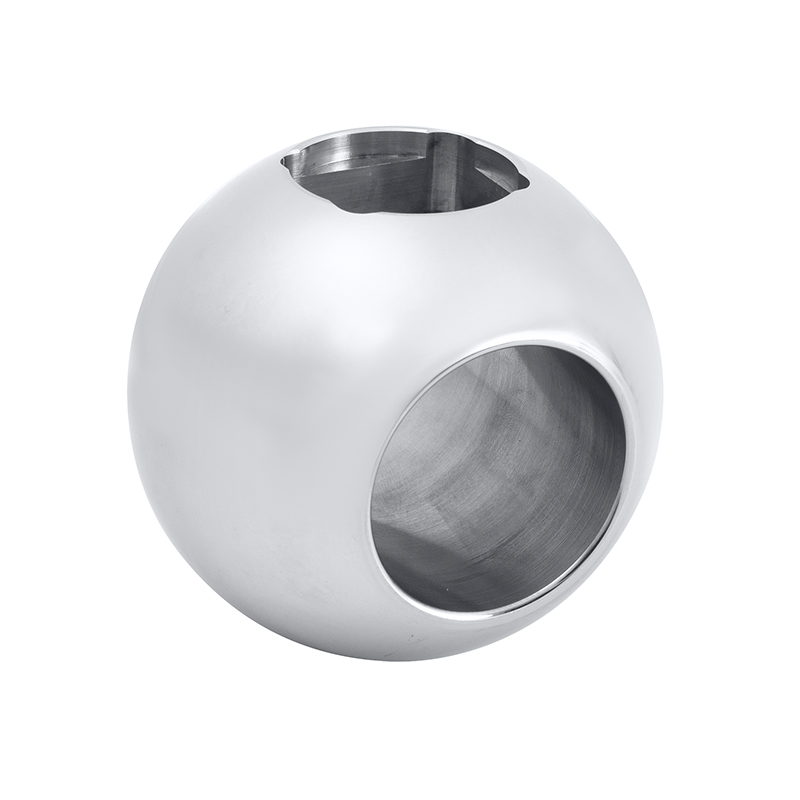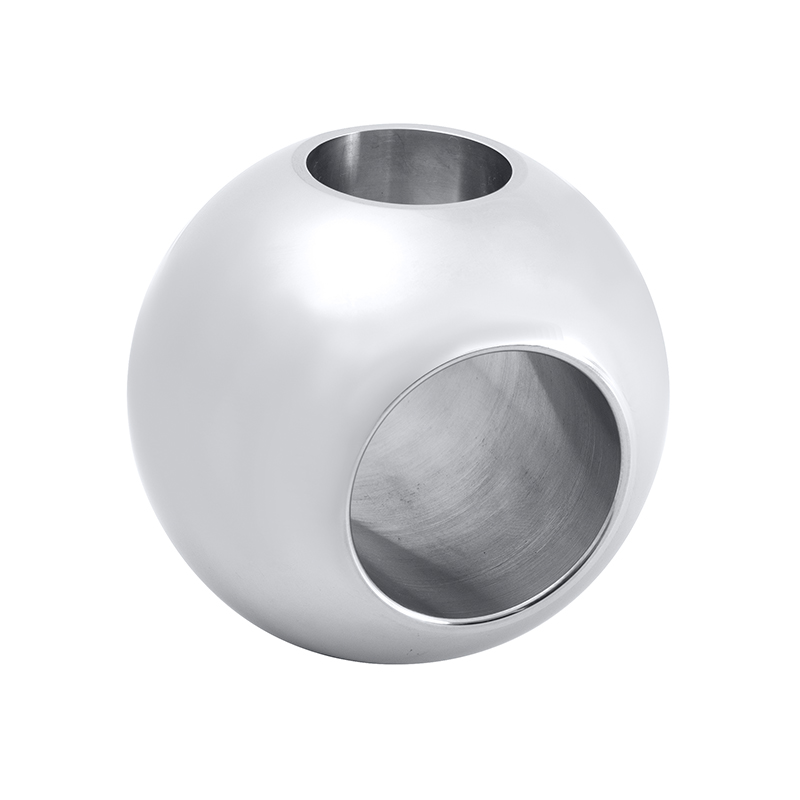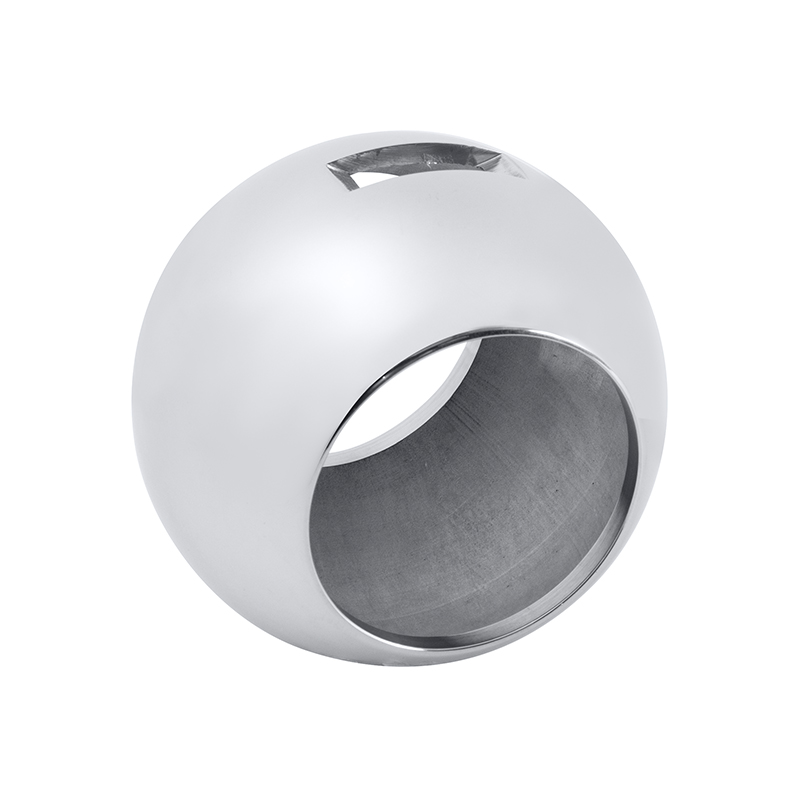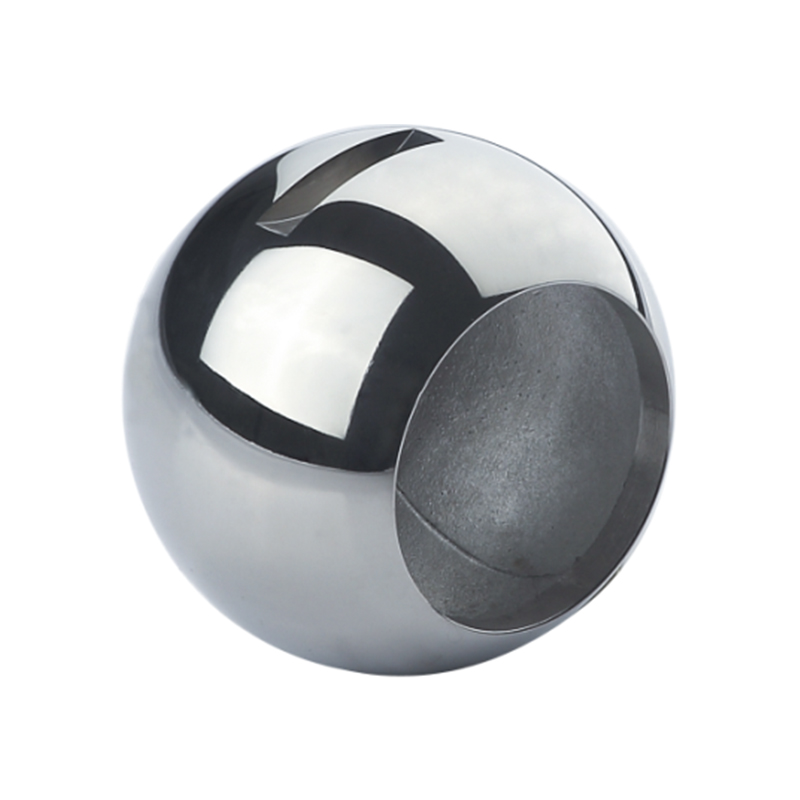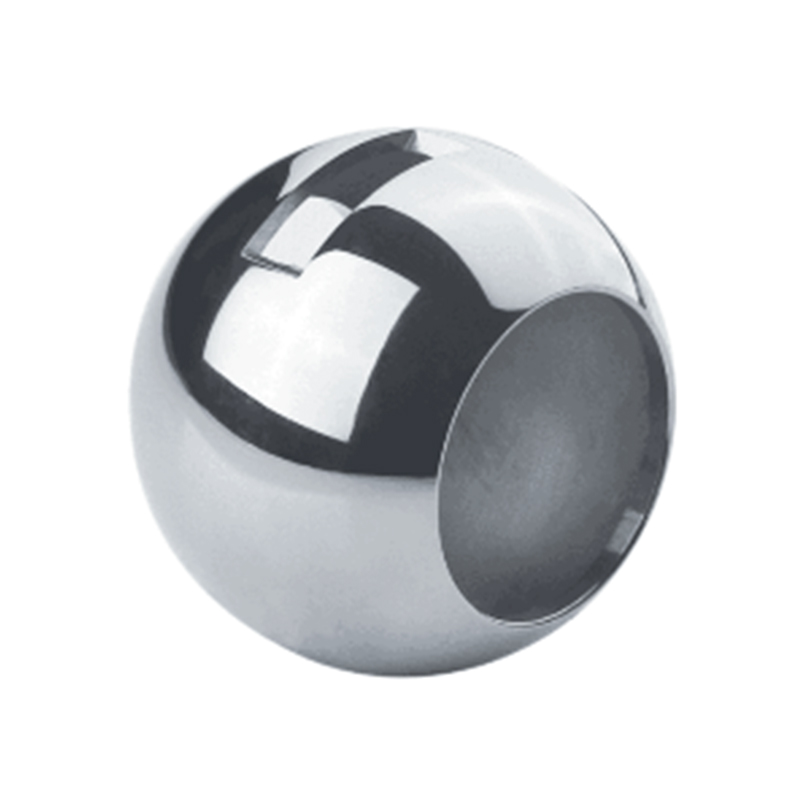The valve industry plays a critical role in numerous sectors, including oil and gas, water treatment, chemical processing, and manufacturing. Among the various valve types, ball valves are particularly significant due to their reliable sealing capabilities and ease of operation. However, recent supply chain fluctuations have considerably impacted the availability of different types of valve balls, such as universal ball valves, copper ball valves, and high pressure 3 way ball valves. Understanding these impacts is essential for stakeholders to manage procurement and production effectively.
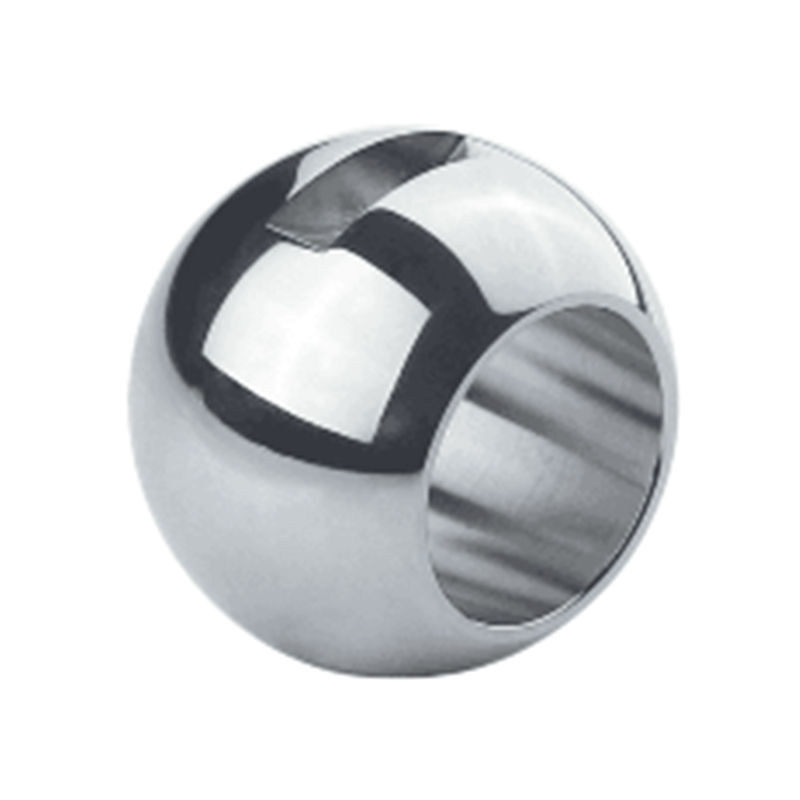
Universal Ball Valve: Versatility Meets Supply Challenges
The universal ball valve is widely used because of its versatility. It can handle various media, including liquids, gases, and slurries, making it suitable for a range of industrial applications. Typically made from stainless steel or brass, these valves are favored for their durability and resistance to corrosion.
However, the availability of universal ball valves has been influenced by supply chain disruptions on multiple levels. Raw material shortages, especially stainless steel and brass, have caused delays in manufacturing. The global increase in demand for metals, combined with logistic constraints, has led to extended advance times and fluctuating prices. Additionally, transportation bottlenecks and container shortages have compounded these delays, making it harder for manufacturers to deliver universal ball valves on schedule.
Manufacturers have responded by adjusting their inventory management and sourcing strategies. Some have sought alternative materials or diversified suppliers to mitigate risks. However, these adjustments come with challenges related to quality control and consistency. End-users may experience delays or be forced to accept substitutes that may not fully meet the original specifications.
Copper Ball Valve: Material-Specific Supply Issues
Copper ball valves are prized for their reliable thermal conductivity and antimicrobial properties, making them common in plumbing, heating systems, and certain chemical applications. The manufacturing of copper ball valves relies heavily on the availability of high-quality copper and precise machining processes.
The supply chain for copper has been unstable due to geopolitical tensions, mining regulations, and fluctuating global demand. These factors have contributed to the inconsistent availability of copper, directly affecting the production of copper ball valves. Moreover, price volatility in copper markets has introduced cost uncertainty for manufacturers and buyers alike.
Transportation delays have also impacted the shipment of finished copper ball valves, especially when shipping routes are affected by port congestion or regulatory inspections. This situation has forced many buyers to increase order advance times or seek local alternatives, which may not always be feasible.
Despite these challenges, the demand for copper ball valves remains steady, particularly in regions where copper-based materials are preferred for their reliability and longevity. The current supply fluctuations underline the importance of proactive supply chain management and strategic sourcing to maintain production continuity.
High Pressure 3 Way Ball Valve: Complexity and Supply Constraints
High pressure 3 way ball valves serve critical functions in systems that require the control of flow direction under bad pressure conditions. These valves are commonly used in industries such as petrochemical processing, power generation, and industrial automation.
Manufacturing high pressure 3 way ball valves involves complex engineering and stringent material requirements. Materials must withstand high pressure and temperature without deforming or losing integrity. This complexity makes their production more sensitive to supply chain issues.
Fluctuations in the supply of specialized materials, such as high-grade stainless steel alloys and sealing components, have disrupted production schedules. Suppliers of these materials often face their own upstream challenges, including raw material shortages and manufacturing delays. Additionally, the precision machining required for these valves demands skilled labor and advanced equipment, which can be constrained by workforce shortages or disruptions in industrial operations.
Transportation and customs delays have further exacerbated availability problems, especially when components or finished valves are sourced from multiple countries. The interdependence of global supply chains means that disruptions in one region can ripple across the entire production process.
Managing Supply Chain Risks in Valve Ball Production
The ongoing fluctuations in the supply chain have highlighted several key strategies for managing valve ball availability. Diversification of suppliers and raw material sources can reduce dependency on any single region or provider. Building stronger relationships with suppliers can improve communication and advance time visibility, enabling more accurate production planning.
Inventory management practices such as safety stock and demand forecasting are also critical. While holding additional inventory increases carrying costs, it can provide a buffer against supply delays. Some manufacturers are investing in digital supply chain tools that enhance tracking and predictive capabilities to better anticipate disruptions.
Furthermore, exploring alternative materials and designs may offer temporary relief when certain components are in short supply. However, these alternatives must be carefully evaluated to ensure they meet the required performance standards.
The availability of universal ball valves, copper ball valves, and high pressure 3 way ball valves is closely tied to the complexities of the current global supply chain. Raw material shortages, transportation disruptions, and manufacturing challenges have collectively impacted the timely delivery and cost stability of these valve balls. Addressing these challenges requires a combination of strategic sourcing, flexible inventory management, and improved supply chain visibility. As industries continue to rely on these valves for critical applications, proactive measures will be necessary to ensure consistent availability and maintain operational efficiency.

 English
English Español
Español Deutsch
Deutsch
